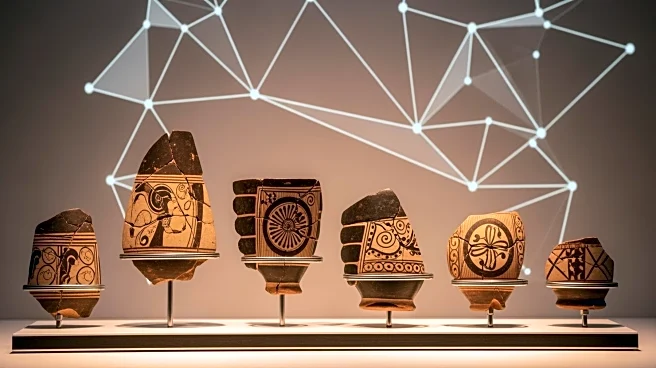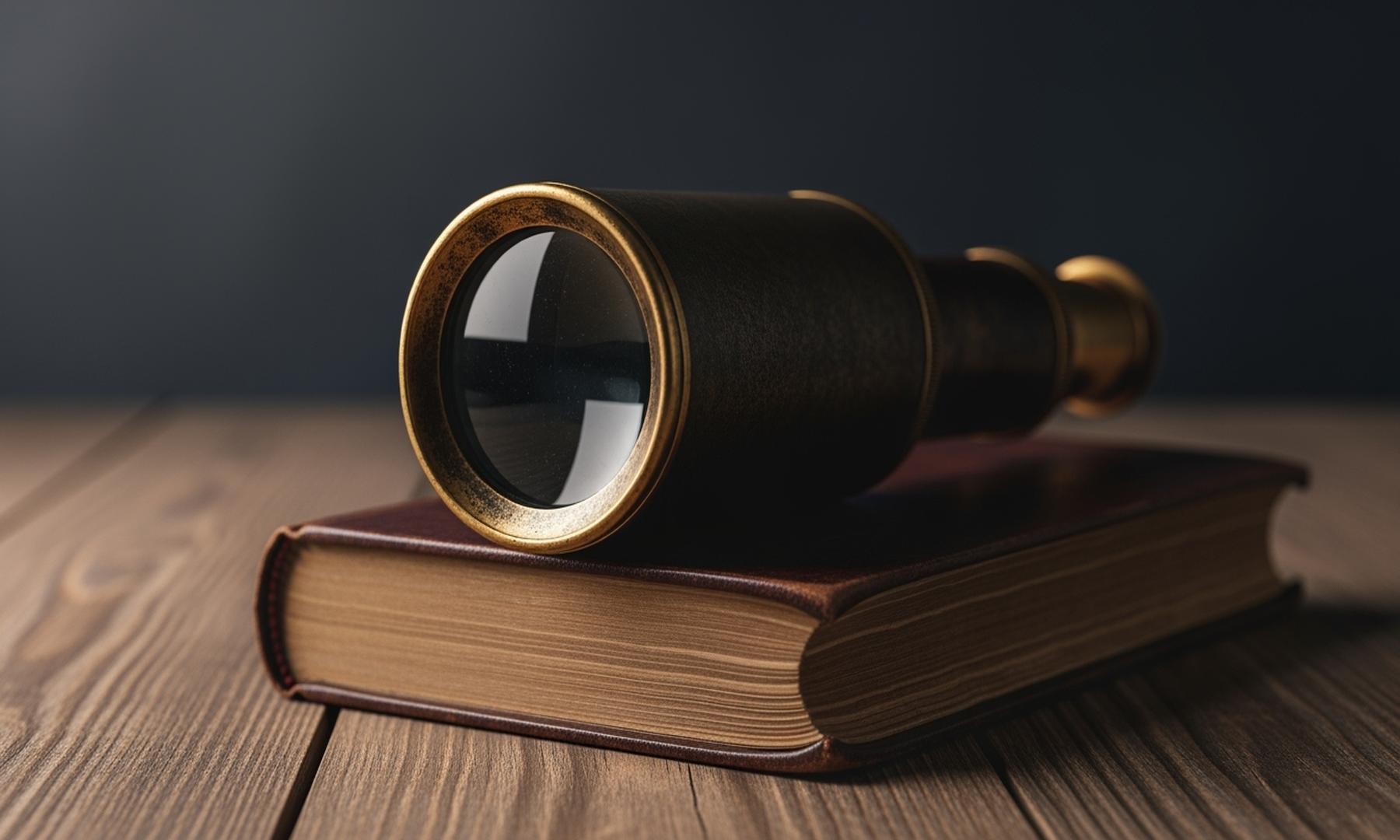What's Happening?
Recent advancements in artificial intelligence have led to the development of innovative methodologies for 3D reconstruction from single images, particularly focusing on painted pottery. These methods
utilize AI diffusion and feedforward models to generate highly detailed textured meshes from single-view inputs. The process involves leveraging text embeddings from the CLIP model and fixed camera angles to produce multi-view normal maps and color images. The core innovation lies in accelerated neural SDF optimization, which enhances the reconstruction quality by preserving high-frequency details and eliminating artifacts. The study evaluates various approaches using datasets like Google Scanned Objects and a custom pottery-like dataset, highlighting the strengths and limitations of each method in generating accurate 3D models.
Why It's Important?
The ability to reconstruct 3D models from single images has significant implications for cultural preservation and digital archiving. By enabling rapid and high-quality 3D modeling of artifacts like painted pottery, these AI-driven techniques can aid museums and researchers in documenting and studying historical objects without physical handling, reducing the risk of damage. Moreover, this technology can enhance virtual reality experiences and educational tools, providing detailed and interactive representations of cultural heritage. The advancements in AI-driven 3D reconstruction also open new avenues for industries involved in digital content creation, gaming, and augmented reality, where realistic and detailed models are crucial.
What's Next?
The continued development of AI models for 3D reconstruction is likely to focus on improving the accuracy and speed of the process. Future research may explore integrating more sophisticated neural networks and diffusion models to enhance multi-view consistency and texture fidelity. Additionally, collaborations between technology developers and cultural institutions could lead to the creation of comprehensive digital archives of historical artifacts. As these technologies evolve, they may also find applications in other fields such as medical imaging, where precise 3D models are essential for diagnostics and treatment planning.
Beyond the Headlines
The ethical implications of AI-driven 3D reconstruction include considerations around the digital replication of cultural artifacts. Ensuring that these technologies are used responsibly and with respect for cultural heritage is crucial. Additionally, the potential for AI models to create realistic replicas raises questions about authenticity and the value of original artifacts. As the technology becomes more widespread, discussions around intellectual property rights and the commercialization of digital replicas may emerge, necessitating clear guidelines and policies.













